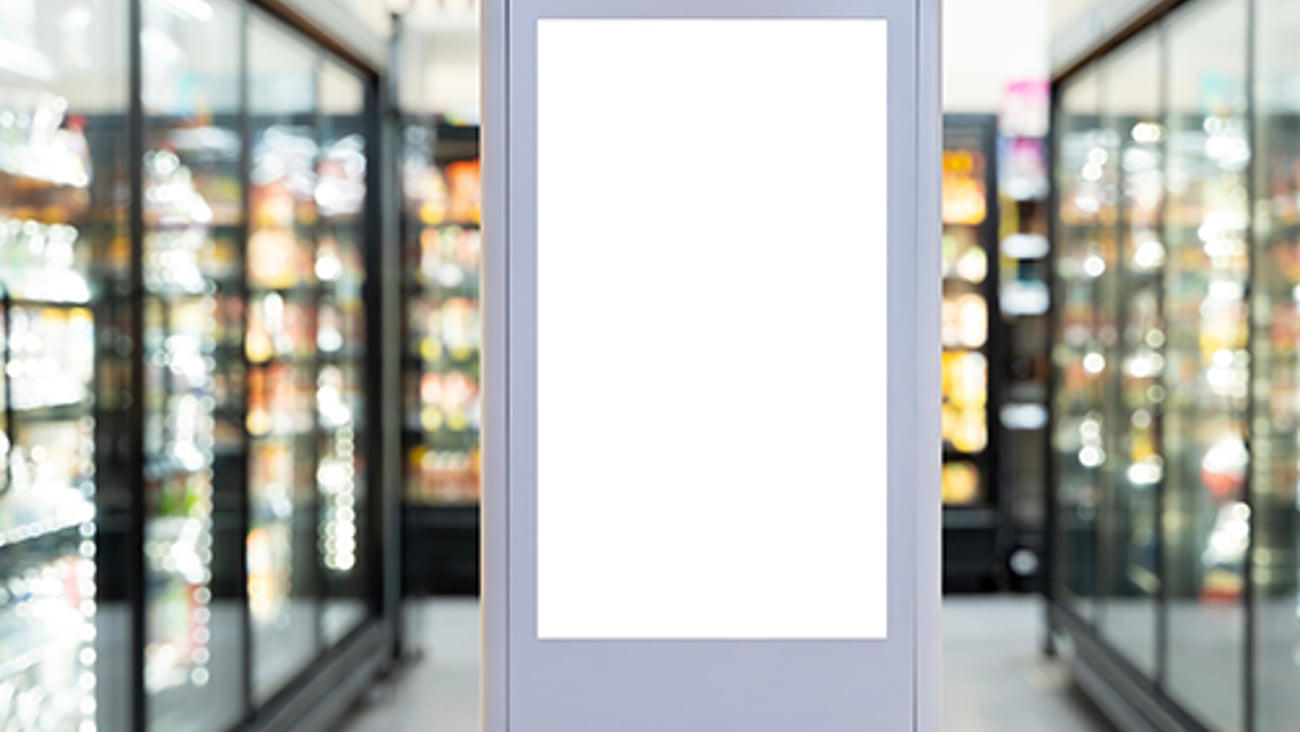Building strategies around local products
The local products trend is gaining new momentum.
Not long ago, much of the buzz around “local” centered on environmental sustainability, including the benefits of avoiding the transport of certain items over long distances.
That’s still an important aspect, to be sure, but the local trend is also increasingly identified with supporting local economies and communities, developing home-grown supplier bases, overcoming supply chain hurdles and driving new experiences for customers.
Local is even being described in amplified ways. Terms like “hyperlocal” are giving the trend added importance.
Given that local links to so many goals, the main caveat for food and drug retailers is to be clear about which goals they are targeting.
Kroger Emphasizes Hyperlocal
When Kroger revealed its 10 Food Trends for 2022, “hyperlocal” was one of those featured. The retailer pointed to aspects ranging from the environment to the economy.
[Read more: Kroger expands reusable packaging offering via Loop partnership]
“Consumers are more conscious about the environmental and social impacts of their food purchases and are making it a point to purchase products grown or made close to home,” the retailer said. “Alternative farms have created a way to get locally sourced, natural ingredients at their peak freshness — so everyone can support and enjoy their local farms — and in-store bakery items are providing consumers a chance to support small businesses.”
Whole Foods Market Celebrates Local Neighborhoods
When Whole Foods Market opened its newest retail unit in San Francisco recently, the launch celebrated the city and put local Northern California products in the forefront. Some 3,700 local items are spotlighted in this flagship store, ranging from wines of Napa and Santa Cruz vineyards to skin care products and supplements. The store’s design is partly themed around San Francisco neighborhoods.
Target Gets Experiential
Target opened more than 30 new stores in 2021, and store development has put an emphasis on local angles. These include experiential design elements, such as a mural painted on the inside of a store in Lihue Kauai, Hawaii. Local is also important in assortments, with local sports team merchandise showcased in a store on the University of Michigan-Ann Arbor campus.
[Read more: Target to curate sustainable product collections with Target Zero]
Retailers Eye Local Suppliers
What is the biggest challenge in succeeding with local product strategies? A lot of retailers would say it’s the hurdle of finding enough great local suppliers.
That’s why many retailers are introducing new ways of identifying supplier prospects. Last year, Walgreens took a unique approach with its first-ever Localization Summit, described as a “virtual showcase for diverse, local and regional businesses and entrepreneurs to share their retail offerings with the merchants of the national drug store chain.” The virtual event, hosted by ECRM, was intended to attract businesses from throughout the country to build more locally relevant offerings for customers.
Another first-time event was Giant Foods’ Local Vendor Summit, held virtually in February of this year. The showcase aimed to draw local businesses within Giant Food’s market area of Washington, Maryland, Virginia and Delaware.
[Read more: Giant’s Healing the Planet grant program makes its return]
Meanwhile, Hy-Vee recently had its fifth Best of Local Brands Summit to support its retail stores in Illinois, Iowa, Kansas, Minnesota, Missouri, Nebraska, South Dakota and Wisconsin. It attempts to identify suppliers with diverse backgrounds.
Local Campaigns Are Hard Work
There are many good reasons to embrace local product strategies. Each retailer needs to understand its own unique spin on this trend. These local campaigns can drive business and customer loyalty. However, they also take a lot of effort. They need to be executed in sophisticated ways to generate positive — and not negative — buzz. After all, what happens locally doesn’t always stay local.





